
UE composers from Japan
UE composers from Japan
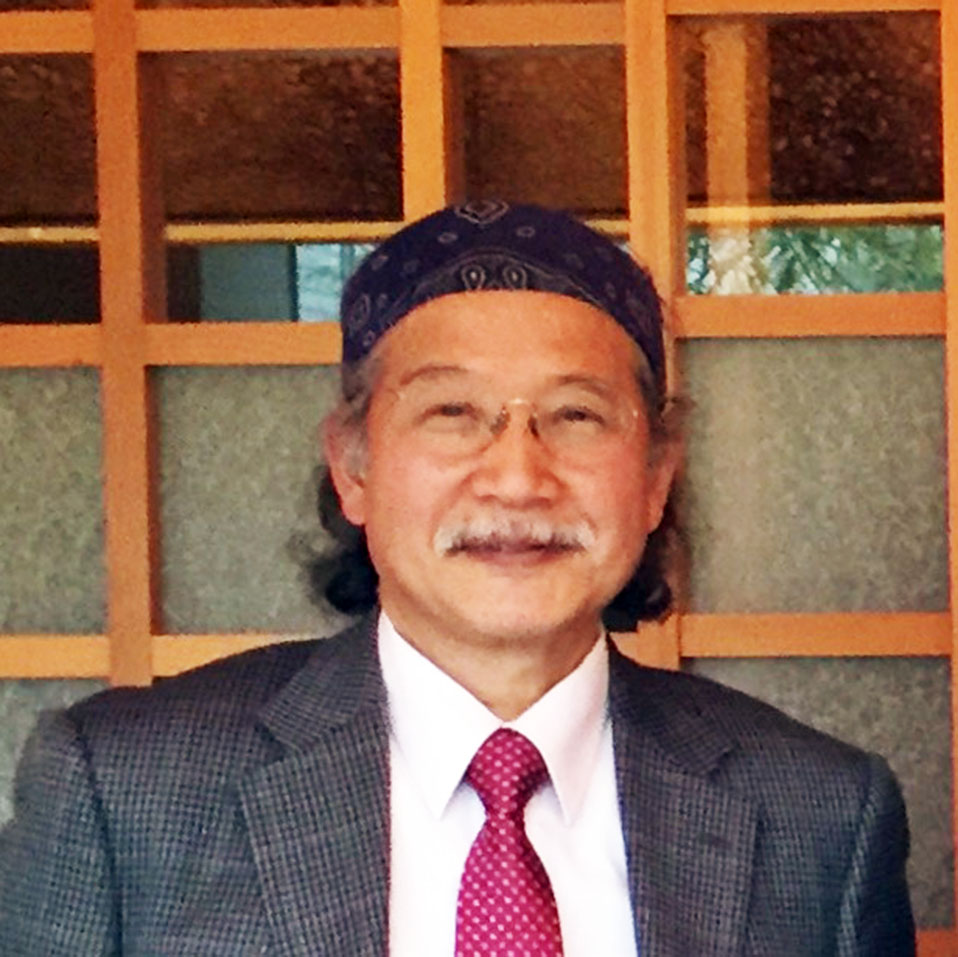
Isao Tsuruhara
*8 January 1949
Born January 8, 1949 in the suburbs of Nagoya, Japan. When I was a child, I learnt the piano from my father who was a music teacher. My first composition was at the age of 12.
2000 - 2016 Associate Professor at Shobi University,
1988 - 2000 Associate Professor at Shobi Gakuen Junior College,
1982 - 1986 Lecturer at Nagoya University of the Arts,
1975 - 1988 Music Instructor at Victor Music School,
1967–1971 Study of Composition (from Mr. Taminosuke Matsumoto) Tokyo University of the Arts.
1964–1967 Study of Composition (from Taminosuke Matsumoto) and the Piano at Toho High-school.

Kaori Nakano
*14 May 1960
Kaori Nakano is a Japan-based composer, arranger, pianist, jazz pianist and educator.
She has taught popular piano, jazz piano, and adult piano courses at Yamaha Music School for 30 years.
She has taught performance, improvisation, and music theory to beginners, piano teachers, and those wishing to pass their piano teaching qualifications.
From the United States, she has released works such as jazz ensembles in the field of music education.
In 2021 and 2022, her jazz ensemble works were selected, introduced and performed at the Jazz New Music Reading Session of The Midwest Clinic, the largest music education conference in the United States.
In Japan, she has published a large number of musical scores, such as arranging song teaching materials for nursery teachers, kindergartens, and elementary schools, and arranging musical scores for teacher employment exam practical tasks.
She started taking piano lessons at the Yamaha music school in Japan at the age of three, and took private piano lessons during her elementary school days in Bangkok, Thailand.
Since she was a university student, she had experience in performance activities, so she started teaching piano and electronic organ performance and arranging as a lecturer for musician training courses such as wedding halls.
Interested in Eastern philosophy, she majored in Indian Buddhism at the 370-year-old Ryukoku University in Kyoto, where she earned a master's degree and later doctoral credits.
Her research theme was the Vijñapti-mātra (tā) of the Yugagyo-only school, one of the two major philosophical currents of Mahayana Buddhism.
Music is a means of expression, and she thought it was important to find the content itself to express. Instead of majoring in music, at her university she wanted to study Eastern thought systematically, partly because she is Japanese and partly because she spent her childhood in Asia.
In addition, she has cleared DTM and Midi certification exams, and has produced music for gymnastics floor exercise, Tai Chi, puppet theater, etc., which have been sold as DVDs and broadcast.
While teaching as a Yamaha instructor, she felt a strong need to study jazz by having a jazz class. She then began studying jazz piano again and arranging jazz ensembles, which led her to seriously compose music.
She learned classical piano from Mrs. Takako Kanomi.
She learned jazz piano from Mr. Zensho Otsuka, and she learned jazz composition and arrangement from Mr. Katsuhiko Tanaka.

Kenji Fujimura
*3 May 1975
Dr Kenji Fujimura is a multi-award-winning composer. His works have been recently performed in USA, Romania, Australia, New Zealand, Indonesia, Thailand, Singapore, and Malaysia. Recent prizes include the Singapore Asian Composers Festival award, William Lincer Foundation Award (USA), and the VirtualArtists International Composition Award (USA). His compositions were also shortlisted for the 2019 Reno Pops Orchestra Composition Prize (USA) and a finalist for the 3rd Cum Laude International Music Composition Prize (Spain). The 2022-2024 seasons saw the premiere of various commissioned works, including Three Mini Concert Etudes for piano solo (score now available), The Ballan Suite - trio for cello, bassoon, and piano (score in preparation), and Piano Trio No.2 (score in preparation). 2025 premieres include a new commission for flute, bassoon, cello, and piano.
As a pianist his accolades have included Limelight Magazine Chamber Music Recording of the Year and a Musicweb International Recording of the Year accolade, as well as various competition successes. He continues his advocacy of unduly neglected music, with performance and recording projects of composers such as William Hurlstone, Harry Waldo Warner, Rosalind Ellicott, Samuel Coleridge-Taylor et alia to his credit. Current projects include recordings of works by Arthur Benjamin, various English, Australian, and French piano music, as well as the The Reissiger Project - the world-first recording of all 27 piano trios.
Kenji is also a highly respected pedagogue and administrator, with over thirty years of tertiary teaching, supervision, research, and administration experience. Retiring from his role as Deputy Head of School and Associate Professor at Monash University, and full-time academia, in December 2018, he now shares his time between various positions. Current roles include Executive Director of IAMUSICA (www.iamusica.org), Founding Member of Trio Anima Mundi (www.trioanimamundi.com), and Associate Lecturer at the Melbourne Conservatorium of Music. He is Artistic Director and Chair of the jury of the Melbourne International Piano and Strings Festival and Competition, and Patron of Association of Eisteddfod Societies of Australia (www.eisteddfod.org.au).
In 2015 Kenji was elected an Associate of the Royal Academy of Music, London, for his 'significant contribution to the music profession'.
www.kenjimusic.com

Masao Yokoyama
*24 April 1973
Masao Yokoyama (1973, Hiroshima, Japan) studied Information Science at Waseda University for his master's degree, and he completed his doctor's degree in Engineering at Toyo University in 2009. He also studied composition under Prof. T. Hisatome in Tokyo. His original and arrangement works for chamber music are published by Universal Edition, Yamaha Music Media, Musica Gioia, Hotta gakuhu. Some works have been selected as final piece in composition competitions. Many of them have been performed by from amateur musicians to professional musicians of Austria, Germany, Italy, Czech, Ukraine, Japan and so on. Textbooks for classical music and computer programing are also published by Morikita Co. and Gijutsu-Hyouron-Sha Co. in Japan.
Professor of Meisei University (Tokyo, Japan), Vice-president of Japanese Society for Sonic Arts etc.
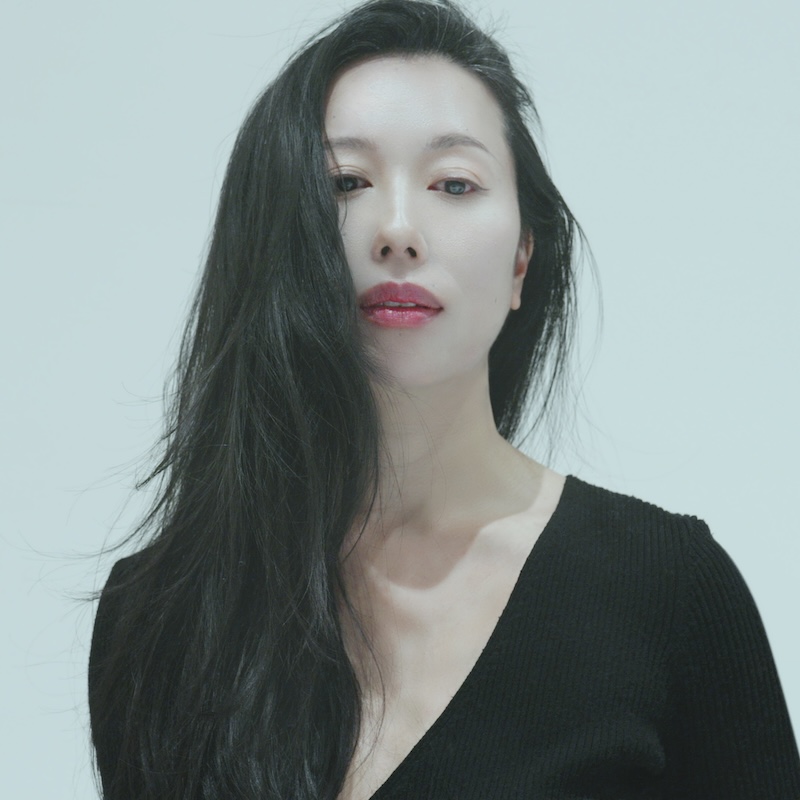
Mayu Hirano
*21 December 1979
Mayu Hirano, Japanese composer as well as sonic sculptor and sonic painter born in Yokohama, lives and works in Paris since 2003. After obtaining the diploma with violin as the main discipline in the music department at Kitakamakura Joshigakuen Junior and Senior High School, Mayu Hirano studies at the Tokyo University of the Arts (Tokyo Geidai), under Genichi Tsuge in musicology, Hinoharu Matsumoto for harmony, and Yoshio Unno for violin.
She starts the research in composition largely through autodidacte, first in electronic music before returning to instrumental music. In 2003, she obtained her degree in musicology with a thesis entitled "Physical Experience and Repetitive Music." In 2008, she studied improvisation technique in jazz violin with Didier Lockwood. From then on, she studied composition at the Conservatoire de Boulogne with Jean-Luc Hervé and Yan Maresz. She received the Sacem prize in 2012 and the music diploma in 2013.
In 2013-2015, she joined the Cursus in composition and computer music at IRCAM, where she created Instant Suspendu for accordion and electronics, in diptych with Singularité, for accordion, string quartet, electronics and video, composed for Cursus 2. These pieces explore the perception of time as a sensation and the question of the moment and suspended time, creating an illusion of eternity that summons the temporal infinity by the stretching of the moment through electronics. During these years she was also taught composition with Beat Furrer, Brian Ferneyhough and Chaya Czernowin.
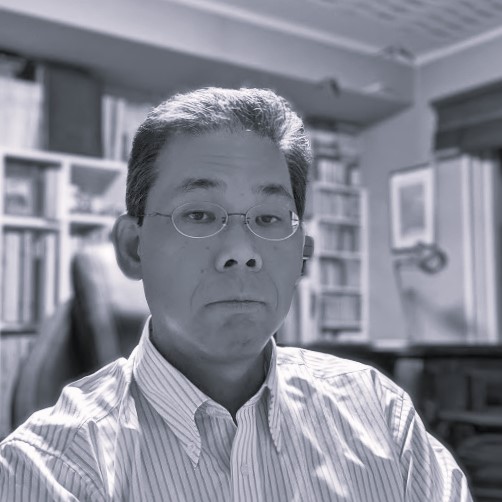
Ryuji Kubota
*13 October 1965
Ryuji Kubota, born in Tokyo on October 13, 1965, is a self-taught composer. He studied Japanese contemporary literature at Hosei University (B.A.) His competition honors include the 3rd prize in the 2001 Toru Takemitsu Composition Award (given by the judge Oliver Knussen) with "Stein/Stern" for orchestra, and the 3rd prize in the 2013 Karol Szymanowski International Composers Competition in Katowice, Poland with "Stein/Stern II" for orchestra, and 2nd Prize of International composers competition "Musica Per Archi" 2024 in Lviv Ukraine with " Leuchtsaat" for piano and string orchestra. And his orchestral pieces performed in International Composition Competition Alfred Schnittke 2018 at Lviv, Ukraine ("Stein/Stern III" for piano, percussions and string orchestra) and Sofia Symphonic Summit 2022 at Sofia, Bulgaria ("Farbenlehre" for orchestra). Some his chamber pieces were performed at Hamburg, Weimar, Körner (Oratorio "Der andere Meridian" for soloists, chorus and instrument ensemble, collaborated with René Mense and Thorsten Kuhn, commissioned by 2nd Junge Kunst Festival 2002), Lüneburg ("A Species stands beyond – Invisible, as music–" for piano, performed by Thorsten Kuhn in 33. Studienwoche für zeitgenössische Musik Lüneburg 2011), Rügen, Katowice ("PETRA" for chamber orchestra commissioned by Szymon Bywalec/Orkiestrę Muzyki Nowej in 2015), Zakopane("un poco di raggio" for string quartet in 38th Karol Szymanowski Music Days Festival 2015) and Tokyo (Sonata for piano in 2015, Intermezzo for piano in 2018, performed byYusuke Sato).
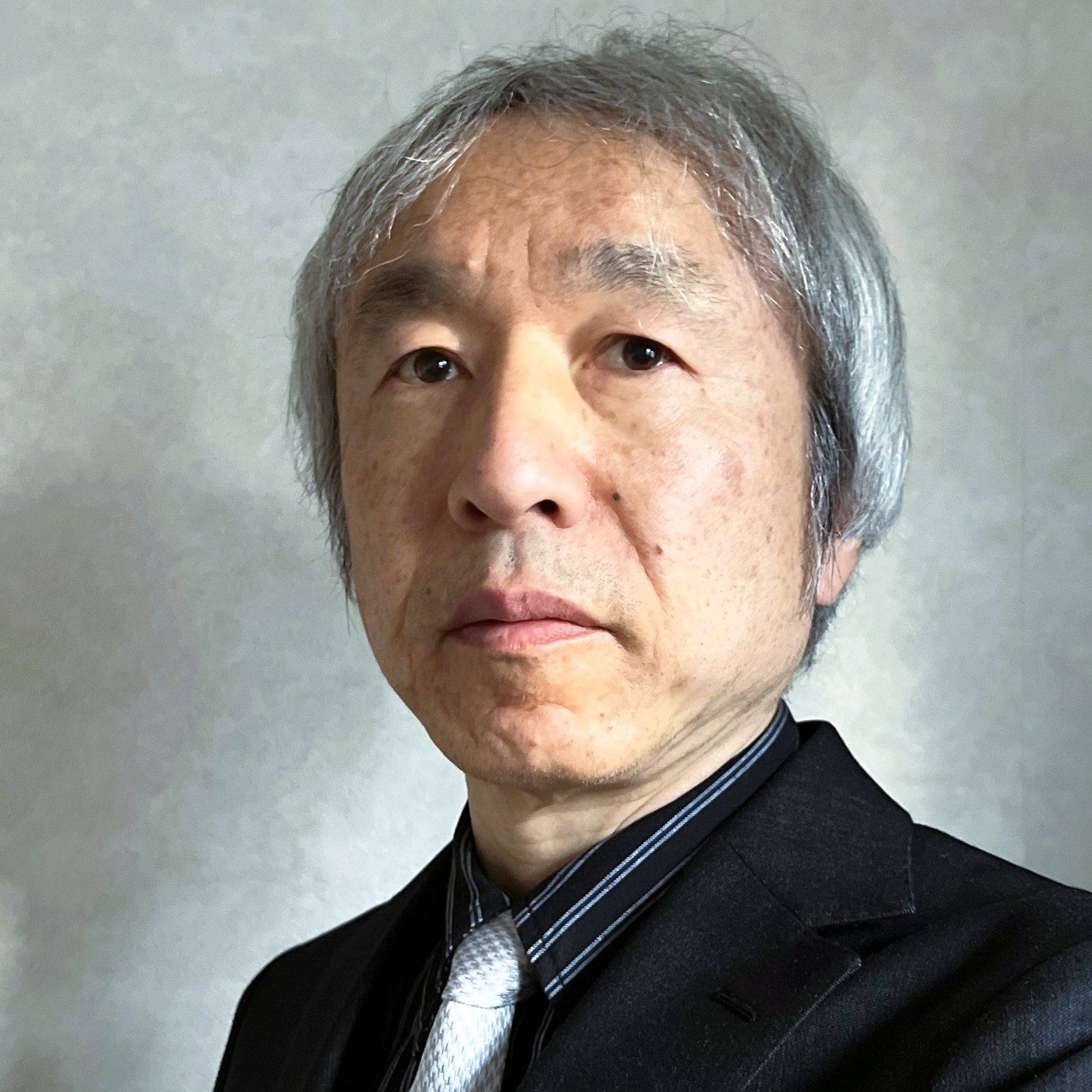
SATORU IKEDA
*12 March 1961
Satoru IKEDA, born in Hamamatsu City, Shizuoka prefecture in 1961, studied composition with Hiroshi OTSUKI and Shin SATO. Having received a B.A. in Education from Shizuoka University in 1983 and an M.M. degree in Composition from Tokyo University of the Arts in 1987, he is currently the musical director at Shimamura Music Co., Ltd. and a member of the Japan Society for Contemporary Music. He loves to play the piano and cello.
Satoru IKEDA has won 20 awards and distinctions, including: First Prize in The Music Competition of Japan (1988); an award from the Japan Symphony Promotion Foundation (2000); a prize for outstanding work in The Orchestral Song Composition Competition (2001); Third Prize and the Orchestra Award in the Luxembourg International Composition Prize (2004); First Prize in Sogakudo Japanese Lied Competition (2004); 1ª Mención de Honor in the First International Composers Competition for Piano Works, "Bell'Arte Europa" (2005); First Prize in the Kendo Music Composition Competition for the EXPO Kendo events (2005); an award from the "Handel-Inspired" Chamber Organ Composition Competition (2007); First Prize in the Flute Orchestra Composition Competition by the Japan Flutists Association (2008); Third Prize in the Shakuhachi Chamber Music International Prize (2008); short-listed in The British Harpsichord Society 10th Anniversary Composition Competition (2012); Third Prize in the Alfred Schnittke International Composers' Competition (2018); selection for the Sacrarium International Composers' Competition (2018); and 1° Prize Ex-Aequo in the Musica Prospettiva's International Call for Scores (2019-20).
Ikeda's works have been performed in the Exhibition of Contemporary Music "Works for Brass IV" by JSCM (2007), the Sydney International Composers Concert (2017), the ISCM World New Music Days in Beijing (2018), the 46th Pan Music Festival (ISCM South Korean Section, 2018), with works selected for the ISCM Virtual Collaborative Series (2020) and for the ISCM in Shanghai and Nanning (2021). Recently, two albums include his work won the awards one for string orchestra, Best Classical Album of the Akademia Music Awards (2021), the other for flute and cello, Clouzine International Music Awards – Best Contemporary Classical Album by Various Artists (2025).
REVIEWS
—After some flute soliloquizing, the cello enters as if opening a Bach solo cello suite before veering into our time zone. The confluence of the two instruments is marked by a refreshing consonance. The piece is timeless and lovely. (Neo-Summit Yugawara, for alto flute and cello: 2025) / Colin Clarke
—The ultra-expressive "Hataori", the most "modern" and powerful work on this recording. (HATAORI, for string orchestra: 2020) / Piotr Grella-Mozejko
—Multiplying the two instruments with sound movements derived from the motion of physical objects, the development of the clear contrast attracts the listeners. (Brown Brownian Motion, for guitar and marimba: 2013) / Jun'ichi Ishizuka
—A highly-atmospheric work made from a series of single tones covering the entire range of the harpsichord, with many colours arising from the development of chords and passages. (Prism, for harpsichord: 2013) / Pamela Nash
—There are some "echoes of heart" and "distant silences" as if one had entered into infinite space. Some sparks are projected into a limpid vision of the universe. Each reverberation of the saxophone and the piano consort refreshingly. And the ending is very impressive. (Psaume, pour saxophone alto et piano: 2011) / Hiroshi Otsuki
—This new contemporary piece incorporates virtuosity through an incredible arrangement of the "Nocturne Op. 9 No. 2" of Chopin. (Nocturne of Chopin for piano 6 hands: 2011) / EuroMusic Publishing
—Dante's "Divine Comedy" as the text, layering tonality and contemporary music. (Te lucis ante, for children's choir and piano: 2008) / Koichi Nishi
—Religious and serious. It is said that the composition was made with a requiem in mind, but it is not an easy transplant into an existing Requiem style. There is consistency in both harmony and tone system. The Renaissance-style counterpoint and harmony that appear in the middle section create an attractive contrast, which is marvelous. However, it is difficult to understand how the Japanese text (excerpts from Dante's "Divine Comedy" Purgatory, translated into Japanese by the composer himself) permeates and is reflected in the music. (do.) / Hiromi Saito
—An audacious movement of "expansion" of the respective traditions of the two instruments pushed as they are at times to the limits of the possible, increasing the expressive range, the texture of the dialogue, the harmonic dimension and the tone-colour. The listener can either follow this music in all its minute and complex particulars, or let himself be freely transported by his own vision and dream in no specific direction. (Ki-e, for shakuhachi, guitar, violin, viola and cello: 2008) / Andrew MacGregor
—Several motifs from the "Water Music" appear in this work, which seems to illustrate many water "features", not just bubbling, but flowing, cascading, freezing, evaporating, drenching… (Water Bubbling, for chamber organ: 2006) / Paul Ayres
—Eighteenth-century keyboard arrangements of the Air and Bourrée from the Water Music, are followed by a splendidly inventive piece by Satoru Ikeda in his 'Water Bubbling'. This is, as Paul Ayres notes, full of watery 'effects'. It well deserves to find a place in recital programmes. (do.) / Glyn Pursglove
—One beautiful use of the chamber organ comes from Satoru Ikeda, whose quasi-minimalist Water Bubbling makes clever use of … (do.) / Oxford Academic
—An exploration of light in a wind orchestra. There are gradations of light, various relationships, and darkness before the light arrives. (Planetarium, for wind orchestra: 2006) / Ito Ohya
—The score is like a miniature painting, with ornamentation and other sounds written in extremely precise detail. The fine sound cells scattered throughout the stage frequently interplay with each other, and it can be imagined that the performance is extremely difficult. Sound particles and colors flicker, shimmer and draw shadows. (do.) / Manabu Matsumoto
—He dreamed his Fireworks, rather as Stravinsky had his Octet. (Fireworks, for chamber orchestra: 2003) / Peter Grahame Woolf
—The composition, which sets off in a direct direction, burning energy without flinching, not letting the heat source cool down, and retaining the brushstrokes, brings a vigorous atmosphere. Beginning in an ecological environment, the high notes of the wind instruments intermingle, the gravity of the bass counters them. The scherzo in the development section has a lot of notes, but it does not lose its lightness. The roar of the brass gradually thickens. Despite the single movement with a classical title, the emotion of prayer was permeated as the theme in almost all four sections. (Orchestral Offering: 1999) / Akira Ueno
—The atonal piece, full of tension, regains classical tonality at the end. (Piano Concerto: 1988) / Tokihiko Umezu
—Intensifying dynamic energy with vigorous écriture, also enriched layered sounds. (Variations pour 5 instrumentistes: 1985) / Akira Ueno
—Absorbing the style of Shin Sato's works, rather romantic. (do.) / Yasushi Togashi
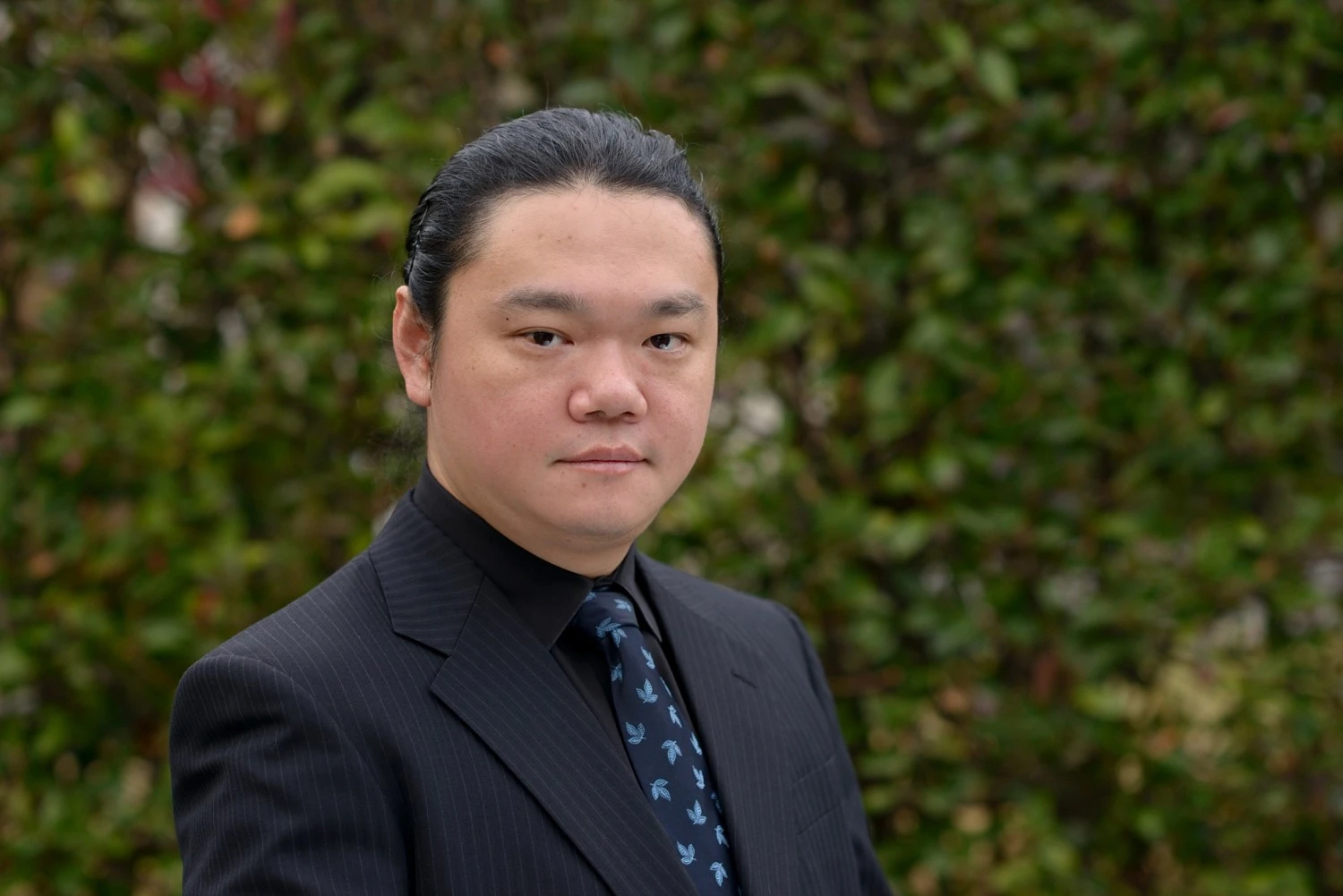
Takuya Imahori
*18 November 1978
Born in 1978 in Yokohama, Takuya Imahori graduated Tamagawa University, L’École Normale de Musique de Paris Alfred Cortot, composition cursus of IRCAM, Haute École de Musique de Genève, Accademia Nazionale di Santa Cecilia di Roma in 2017 with the perfect score with praise. Imahori studied composition with Yoshiyuki Doi, Masami Mikai, Yoshihisa Taira, Jean-Luc Hervé, Philippe Leroux, Michael Jarrell, Luis Naon, and Ivan Fedele. He was awarded the Gaudeamus Prize (Netherlands / 2001. He has been invited to the “KulturKontakt Austria” Artist in Residency Program in Vienna by Austrian Federal Minister for EU in 2018. He received the 3rd prize of Basel Composition Competition in 2019. He received Goffredo Petrassi Grants given directly by the hand of the President of Italy Sergio Mattarella in June 2019. He received the 1st prize of Klang! International Competition in 2020.
